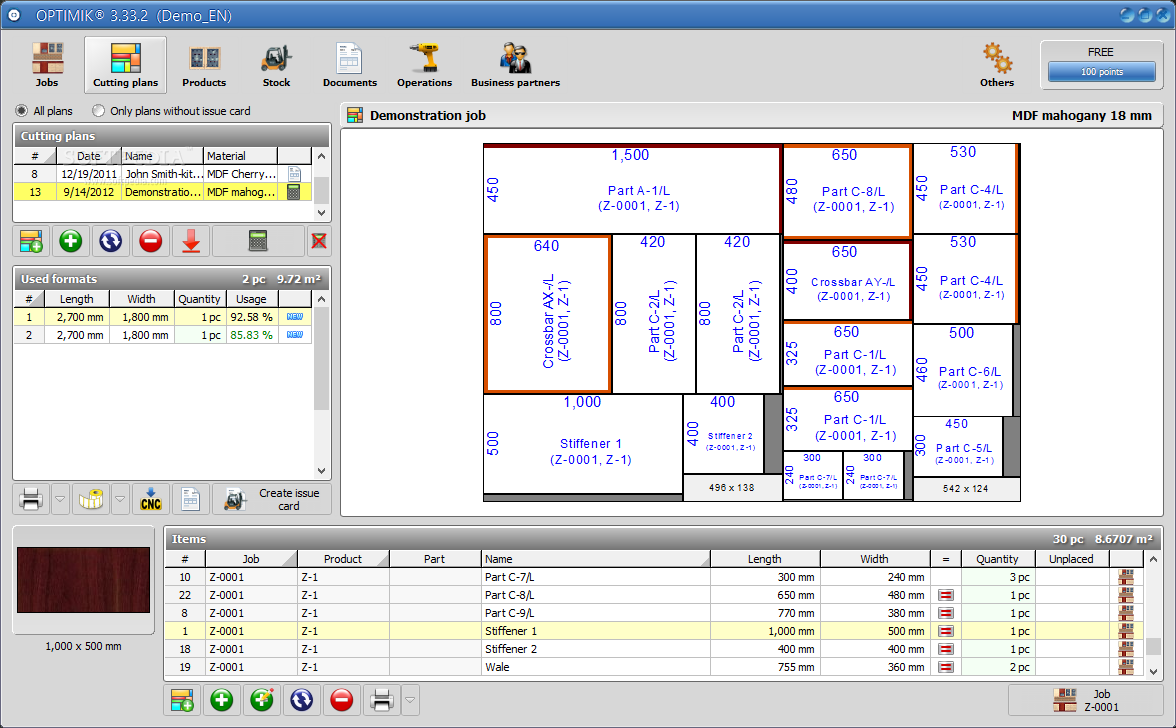Cutting 2 Crack
Modeling forces applied to scissors during cutting of biological materials is useful for surgical simulation. Previous approaches to haptic display of scissor cutting are based on recording and replaying measured data. This paper presents an analytical model based on the concepts of contact mechanics and fracture mechanics to calculate forces applied to scissors during cutting of a slab of material. The model considers the process of cutting as a sequence of deformation and fracture phases.
Cutting Edge Fx 2.0 For Corel Photopaint 9 Download Search Tips Your search for Cutting 2 may return better results if you avoid searching for words like: crack.

During deformation phases, forces applied to the scissors are calculated from a torque-angle response model synthesized from measurement data multiplied by a ratio that depends on the position of the cutting crack edge and the curve of the blades. Using the principle of conservation of energy, the forces of fracture are related to the fracture toughness of the material and the geometry of the blades of the scissors. The forces applied to scissors generally include high-frequency fluctuations.
We show that the analytical model accurately predicts the average applied force. The cutting model is computationally efficient, so it can be used for real-time computations such as haptic rendering. Experimental results from cutting samples of paper, plastic, cloth, and chicken skin confirm the model, and the model is rendered in a haptic virtual environment. INTRODUCTION Modeling forces applied to surgical instruments is useful for surgical simulations and surgical planning []. Surgical simulators can provide a safe effective training environment, potentially reducing the use of human cadavers and animals []. Haptic technology is enabling the development of training simulators that allow users to feel tissue through virtual instruments. Realistic haptic feedback is expected to increase the training effectiveness of surgical simulators [], [].
To create realistic haptic surgical simulators, a high-fidelity approach is to calculate forces from physics-based models []. A physics-based model should relate the forces of simulation to either measured properties of a material or sampled force responses directly measured from mechanical interactions [], []. Scissors are possibly the most effective and precise tools for cutting of thin tissues in open and laparoscopic surgery [] and thin objects in daily tasks. To see this, compare cutting of a sheet of paper using a pair of scissors with that of using a sharp blade. When cutting with a blade, the paper should be firmly held, and it is difficult to make precise cuts. However, when cutting with a pair of scissors, the scissor blades themselves locally hold the paper, making it easy to have precise cuts.
That will point the Playboy Magazine's location out in our.) Playboy #49 (3/4| 49/50) [ ] You can claim this magazine almost immediately after acquiring the last one. After dealing with a few more enemies up here, you'll eventually be funneled towards a glowing door that will lead back into the observatory, albeit into a different room. Approach that door, but don't yet enter it. Instead, with your back facing that door, move ahead and look into a little nook on your left, where the magazine you seek should be sitting on the ground. (Still confused? Mafia 2 playboy pics hd download.
An interaction between scissors and an object involves two main physical phenomena, local deformation and fracture. As soon as the scissors blades contact the object, the object is locally deformed. When the deformation reaches a certain level, fracture occurs and the object is separated. A physics-based model for scissor cutting should model forces of deformation and fracture. It is generally impossible to directly calculate forces of local deformation of an object from its material properties and its constitutive equations in real time [].
It takes a long time even for a very fast computer to calculate forces. However, since the forces of local deformations depend on only a few parameters, it is possible to calculate the forces from a few measured force responses using an analytical approach [].
Fracture mechanics offers an energy-based approach to measure strength of an object against growth of cracks []. Contoh rpp pai kelas 3 sd kurikulum 2013. The basic idea is that the development of a crack inside an object requires a certain amount of energy that depends on the area of the crack and the fracture toughness of the object. Fracture toughness is a material property that defines the energy required to separate a unit of area of a material. Fracture toughness can also be interpreted as the resistance of a material against sharp cuts [], []. In this paper, we use a fracture mechanics analytical approach to model forces applied to scissors during cutting of an object.
The model calculates the forces from a measured torque-angle response, the fracture toughness of the object, the geometry of the scissors, and the position of the crack edge. Experimental results of cutting samples of paper, plastic, cloth, and chicken skin confirm the model, and a haptic virtual environment is used to demonstrate scissor cutting. RELATED WORK Several approaches were used to model scissor cutting for haptic simulation.